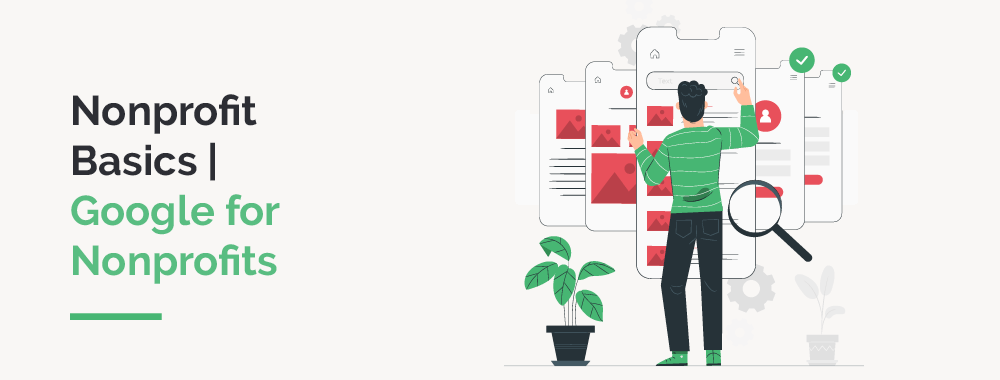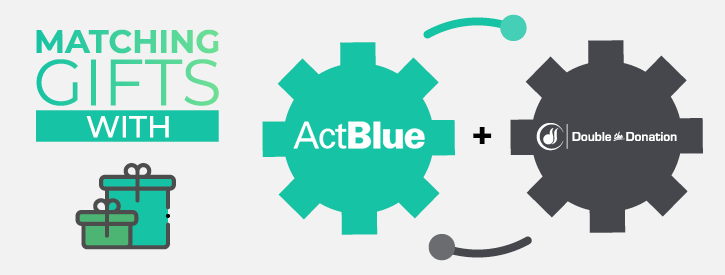
Nonprofit Stock Donations and Matching Gifts | What to Know
Donations of stocks, mutual funds, and other securities are increasing…

Nonprofit Basics: The Google for Nonprofits Program
Google is one of the most profitable companies in the world,…

Matching Gifts With ActBlue + Double the Donation
Imagine you run an organization working to promote social…

